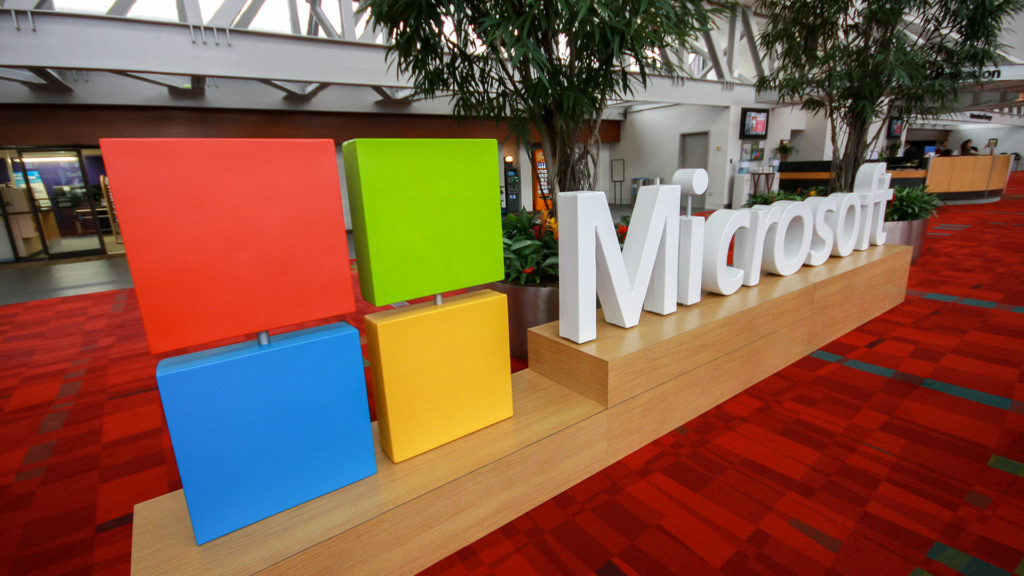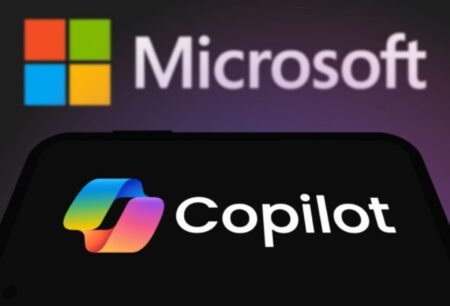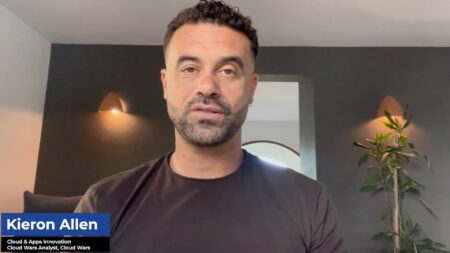Over the past year, we heard a great deal from SAP about the huge volumes of business it was doing in close partnership with Microsoft to move massive SAP workloads to the Azure cloud.
But last week, SAP CEO Christian Klein said he’s ready to aggressively defend his company’s role as the lead supplier in those deals to ensure that it is SAP and not Microsoft that drives the customer’s business transformation.
And over the past month, as 5G moves toward the mainstream and Microsoft talks incessantly about its prowess at and plans for the edge, Microsoft has acquired two companies in the networking and telecom space.
If you’re an old-world player in the communications business, should those moves make you (a) delighted, (b) puzzled, (c) concerned, or (d) cold-sweat scared?
SAP and Microsoft’s strategic maneuvers
Let me be perfectly clear on my view of free-market competition: I am anti-regulation, and I am all for unfettered capitalism. Let the customers—the marketplace—decide.
In the case of SAP, I don’t blame Klein one bit for pushing back. He clearly feels that Microsoft is encroaching into his company’s long-established dominance in enterprise applications and SAP’s highly strategic relationships with the world’s largest corporations. Klein has every right to defend that position and the future opportunities that SAP’s new cloud solutions and capabilities can deliver. (You can read about this in much more detail at SAP Will Battle Microsoft & Google for Customer Control, Says CEO Christian Klein.)
At the same time, I heartily endorse Microsoft’s efforts—at least as perceived by Klein—to go to those engagements with as much customer-centric ambition as possible. It’s fine for Klein to tell the shared SAP-Microsoft customers that SAP is the lead dog. It’s equally fine for Microsoft to demonstrate that it brings more to the table than the Azure public-cloud infrastructure that can run SAP’s workloads.
Perhaps Klein can prevail upon Microsoft CEO Satya Nadella and enterprise executive VP Judson Althoff to dial it back and accept their role as IaaS providers, while leaving the higher business-value PaaS and SaaS roles to SAP.
But last quarter, Microsoft’s commercial-cloud business racked up $13.3 billion in revenue. To keep investors happy, Microsoft needs to add another $1 billion or so every quarter to that total. Those types of hyperscale revenue results—an additional $11 million in cloud revenue every single day for the entire quarter—don’t happen if salespeople play the game of “Oh, heck—it’s only money—you go ahead and take all that revenue.”
Can SAP and Microsoft make it work?
Do I think Microsoft and SAP will work this out? Absolutely. There is too much to be gained in partnership, too much to be lost in squabbling, too much competition willing to jump in and shove them both aside, and too much control now residing in the hands of the buyers rather than the sellers.
At the same time, do I think SAP has reason to be scared?
Absolutely. Because Microsoft is obsessed with growing by meeting more and more needs of its customers. That primal need will drive all of its decisions.
As it should.
Do I think this hyper-competitive landscape will inspire SAP to accelerate its thinking, its innovation, and its equally strong sense of generating massive new value for customers? Hell yes.
So I think SAP and Microsoft will work this out. It’ll be mostly nice and cozy, but with some underlying tensions along the way. And that’s a good thing—that’ll keep the competitive fires fully stoked.
And the customers will be the huge winners.
Microsoft makes moves into telecom
Over in the network carrier and telecom space, the situation’s somewhat similar but less clear because that entire industry is being forced to cram about 50 years’ worth of change and innovation into a few years.
In our new digital world, where exactly do we now draw the lines separating networks, the edge, the cloud and virtualized services?
If you’ve got a choice between taking a ride on an ox-cart with big wooden wheels (those would be some of the traditional carriers and telecom companies) or in a Ferrari (that would be Microsoft), which are you going to choose?
Microsoft clearly senses this perception of itself as crashing into what is a new category for them, sending incumbents flying, trampling some stragglers and grabbing the attention of everyone. Look at what Microsoft said in yesterday’s blog post describing its intention to buy Metaswitch Networks just 3 weeks after Microsoft closed the acquisition of Affirmed Networks:
“As the industry moves to 5G, operators will have opportunities to advance the virtualization of their core networks and move forward on a path to an increasingly cloud-native future. Microsoft will continue to meet customers where they are, working together with the industry as operators and network equipment providers evolve their own operations.”
Translation: “I come in peace.”
Check out the second sentence from that excerpt one more time: “Microsoft will continue to meet customers where they are, working together with the industry as operators and network equipment providers evolve their own operations.”
Tell me: has Microsoft become one of the world’s largest and most-influential companies—and unquestionably its most-valuable corporation—by sitting by and calmly, passively biding its time as incumbent technology suppliers “evolve their own operations”?
The view from Microsoft’s competitors’ and customers’ angles
Clearly, Microsoft has a fantastic partner ecosystem and has had one for decades. So it’s not a matter of Microsoft’s ability to play nice with others. It is very, very good at that.
But—that’s true only if those others are as good or almost as good at upholding their end of the incredibly fast-moving partnership.
My interpretation of that second sentence is that Microsoft’s going to set up a blazingly hot high-tech innovation crucible in that venerable industry. For those companies that can survive the heat and adapt to their new forms and responsibilities in the new digital world, they’ll be fine.
As for the others, well, really hot fires always produce a lot of smoke, ashes and soot.
So if I were a traditional player in telecom industry, I would get ready to evolve and innovate more rapidly then I’d ever imagined. I’d take any future development plans and cut those timelines in half while doubling my projected rate of innovation.
And if I couldn’t do that, then I’d be scared. Probably very scared.
But if I were a customer in that industry that is so ripe for change, I would welcome the imminent arrival of Microsoft with open arms.
One company’s existential threat is another’s transformative opportunity.
RECOMMENDED READING
SAP Will Battle Microsoft & Google for Customer Control, Says CEO Christian Klein
Larry Ellison Picks Amazon’s Pocket—Again—as Cloud Momentum Builds
Google and SAP Fusing Cloud and AI in Next-Gen Apps for Industries
Can Larry Ellison Turn Zoom & Autonomous DB into Big-Time Oracle Cloud Revenue?
Q1 Cloud Revenue Roundup: Microsoft, AWS and Google Total $26.3 Billion
Microsoft CEO Satya Nadella: 10 Thoughts on the Post-COVID-19 World
Microsoft & Amazon Lead Top 5 Beyond $150 Billion in Cloud Revenue in 2020
How Bill McDermott’s Magic Touch Has Made ServiceNow a Cloud Superstar
Subscribe to the Cloud Wars Newsletter for in-depth analysis of the major cloud vendors from the perspective of business customers. It’s free, it’s exclusive and it’s great!








